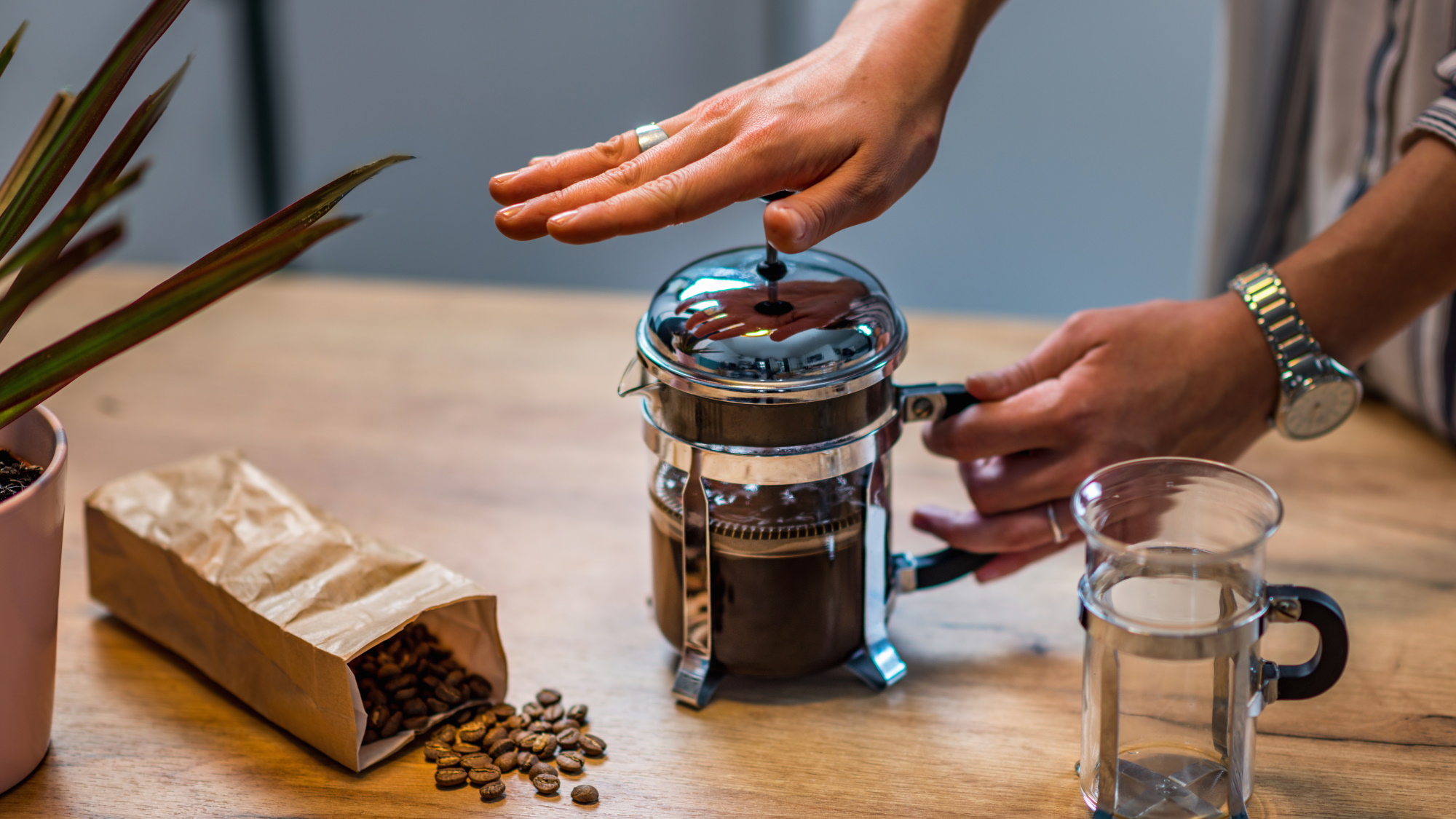
The French press, also known as a cafetière, is a simple device for coffee lovers that's been around since the mid-1880s. It's a low-tech, low-maintenance alternative to some of the best coffee makers. Using a plunging system and a built-in mesh filter, it pushes hot water through coffee grounds to make a smooth, infused blend. While you can follow our guide on how to make French press coffee, we’d suggest first reading up on these nine very unexpected ways you can use your French press for alternatives to hot coffee. And, while we're at it, here's 7 surprising ways you can reuse old coffee grounds.
Below, we reveal the options from different beverages, to cooking ingredients, to even using the French press as a cooking aid. What’s not to love about a kitchen appliance that can be used for more than just its intended use? It’s a space, money, and time saver.
1. Froth milk
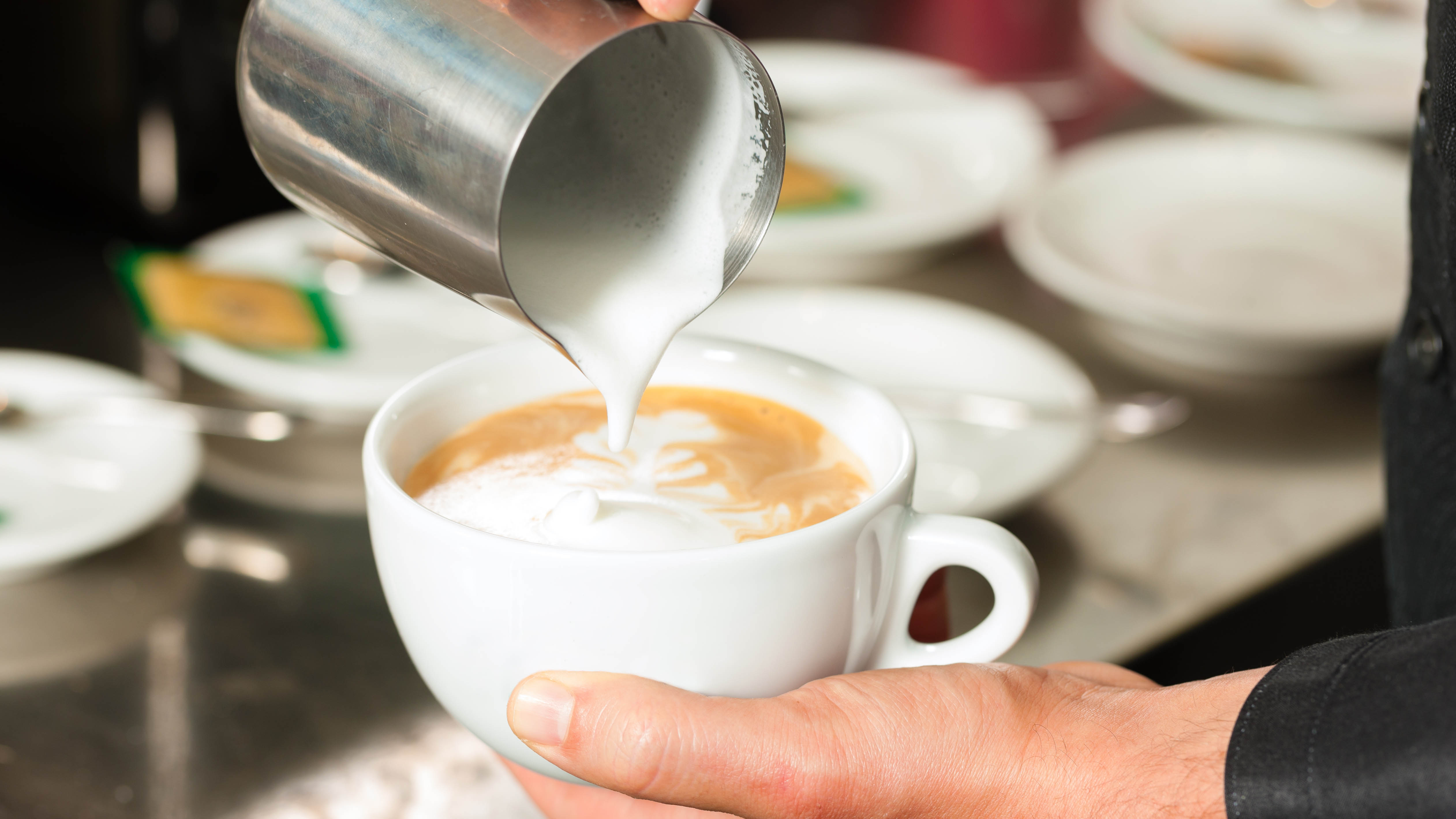
Firstly, if you’re looking to elevate your coffee game, your French press can help you where the milk is concerned. Frothed milk adds a creamy texture and is a great addition to your matcha or poured over a cappuccino or espresso from one of the best espresso machines. While you can buy milk frothers, or get very ferocious with a normal whisk, you can also use your French press to do the hard work for you.
Simply fill your French press up with a warmed milk of choice to about a third full. Then, rapidly pump the plunger up and down for around 30 seconds. You should notice a nice froth appear above the milk. If you add too much milk to the French press, you’ll have a hard time creating enough movement to make the froth.
2. Make cold brew
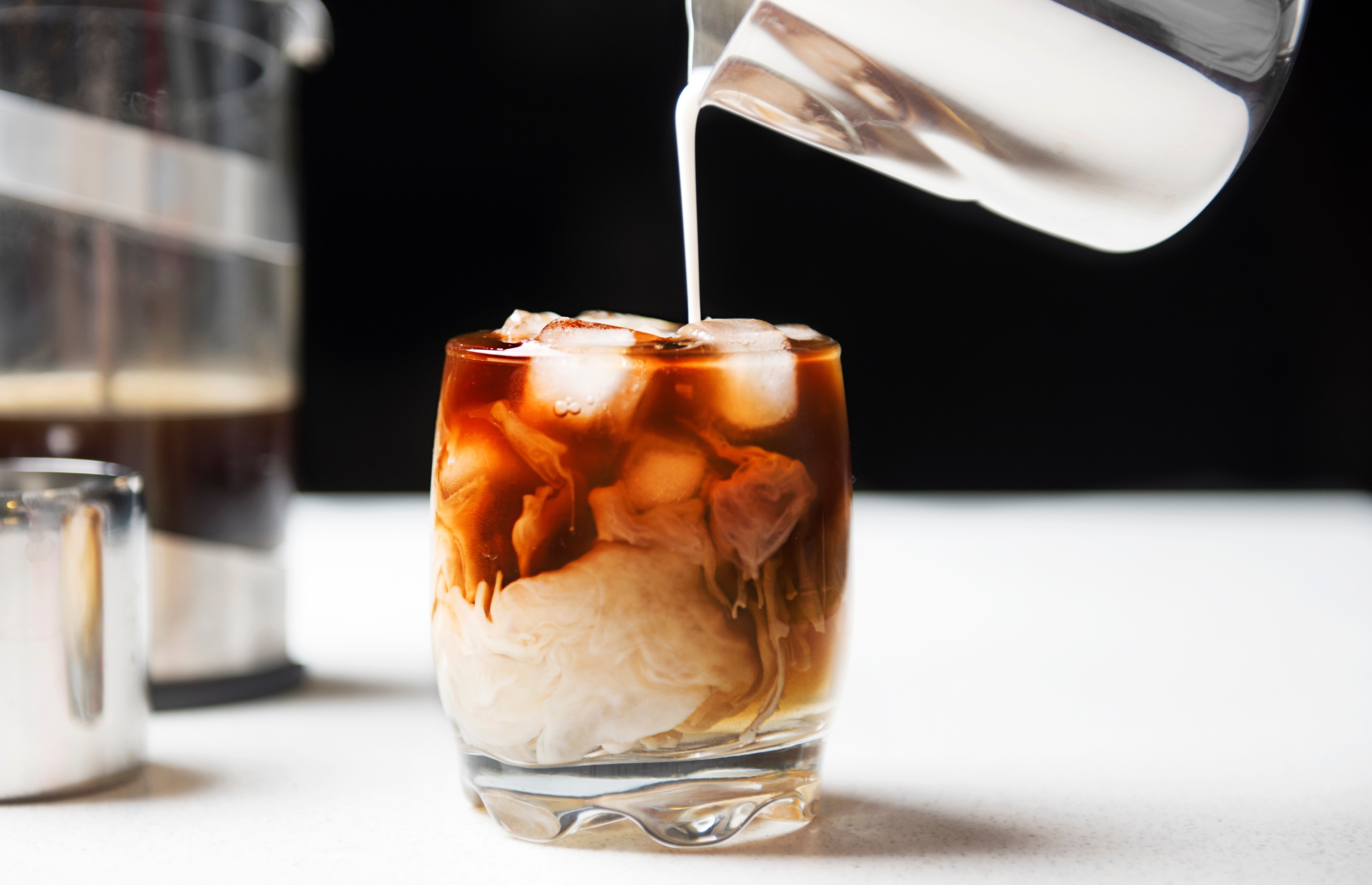
Your French press isn’t just for hot water though. It’s capable of creating a cold brew coffee for you too. With your French press, you can make a batch of cold brew with a little patience and some top tips. First, you’ll need around 6 ounces of coarsely ground coffee beans. You don’t want finely ground as it’ll make your coffee bitter. Then, pour over 28 ounces of cold water, or to your desired taste. Do not press down the plunger at this point.
Because cold water takes a lot longer to steep than hot, you’ll then need to place your mixture in a cool dark place, or the fridge, for around 12 to 15 hours. After you’ve waited patiently, push the plunger down and pour the mixture over ice to serve. The rest of the batch can be kept in the fridge for around a week’s time.
3. Steep loose leaf tea

Now we’ve focused on coffee alternatives, there’s another hot drink that the French press can excel in creating, and that’s loose leaf tea. For great tea blends, place the loose leaf tea of your choice into your French press and cover with a cup of hot water.
Let it steep to your preferred taste, but as a rough guide you’ll be looking for a minute or two for white tea or a little longer for herbal teas. Then, press the plunger down slowly and serve. You don’t want to leave the tea brewing for too long as, like coffee, it will get bitter when over brewed.
4. Mix cocktails
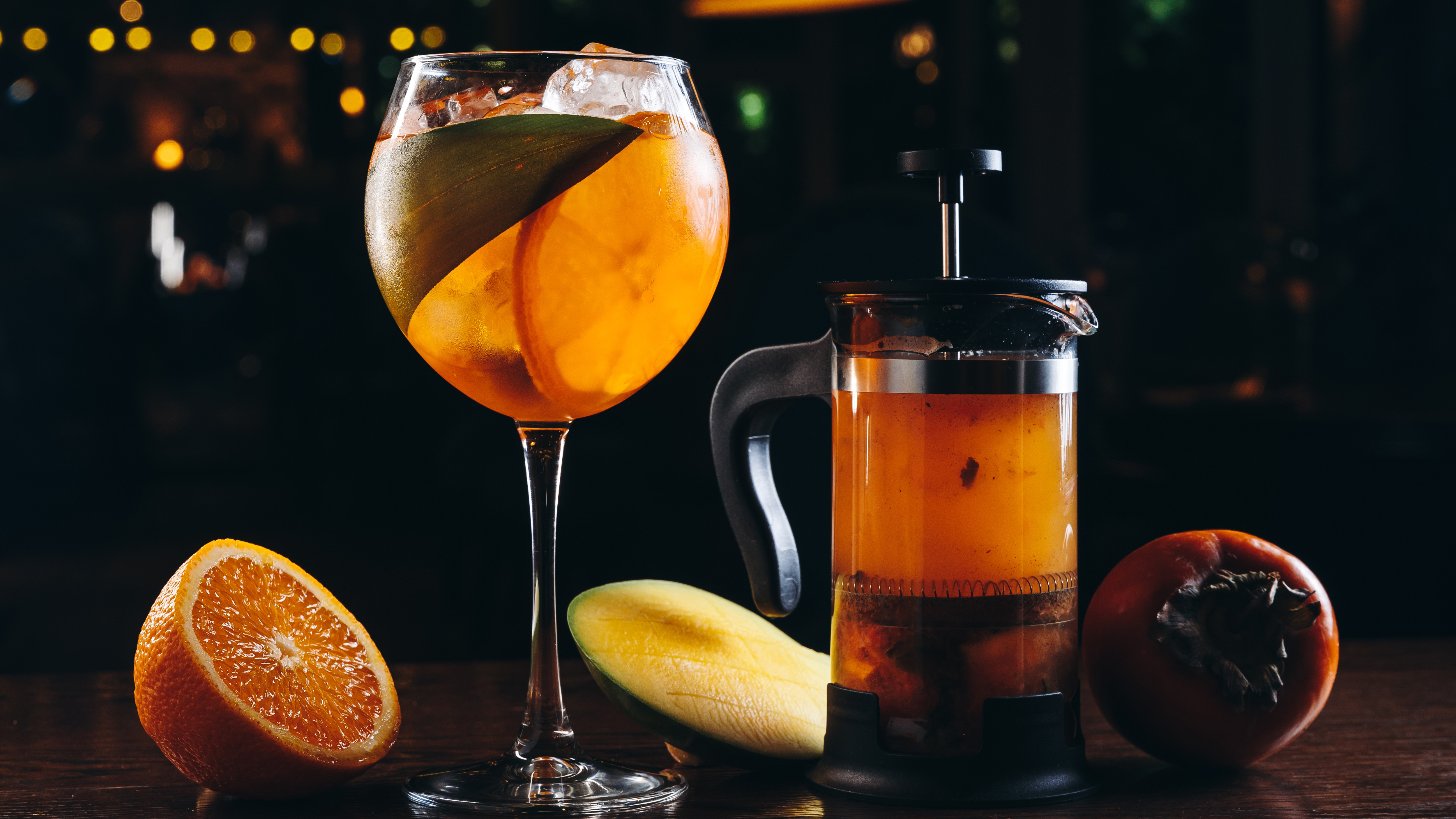
If you don’t have a cocktail shaker to hand, but you really fancy a mojito or aperol spritz, then the French press can step in. Simply fill the French press with your measured ingredients and pump the plunger up and down to mix it together. Depending on the size of your French press, you want to be careful not overfill it or the liquids won’t mix.
If you want a grainier mix for your cocktail, remove the plunger along with the lid to serve. Or, if you want a smoother blend, pour your cocktail into another glass with the plunger firmly down, separating the ingredients from the liquid. This method also works for non-alcoholic mixtures too from mocktails to infused water.
5. Infuse oils
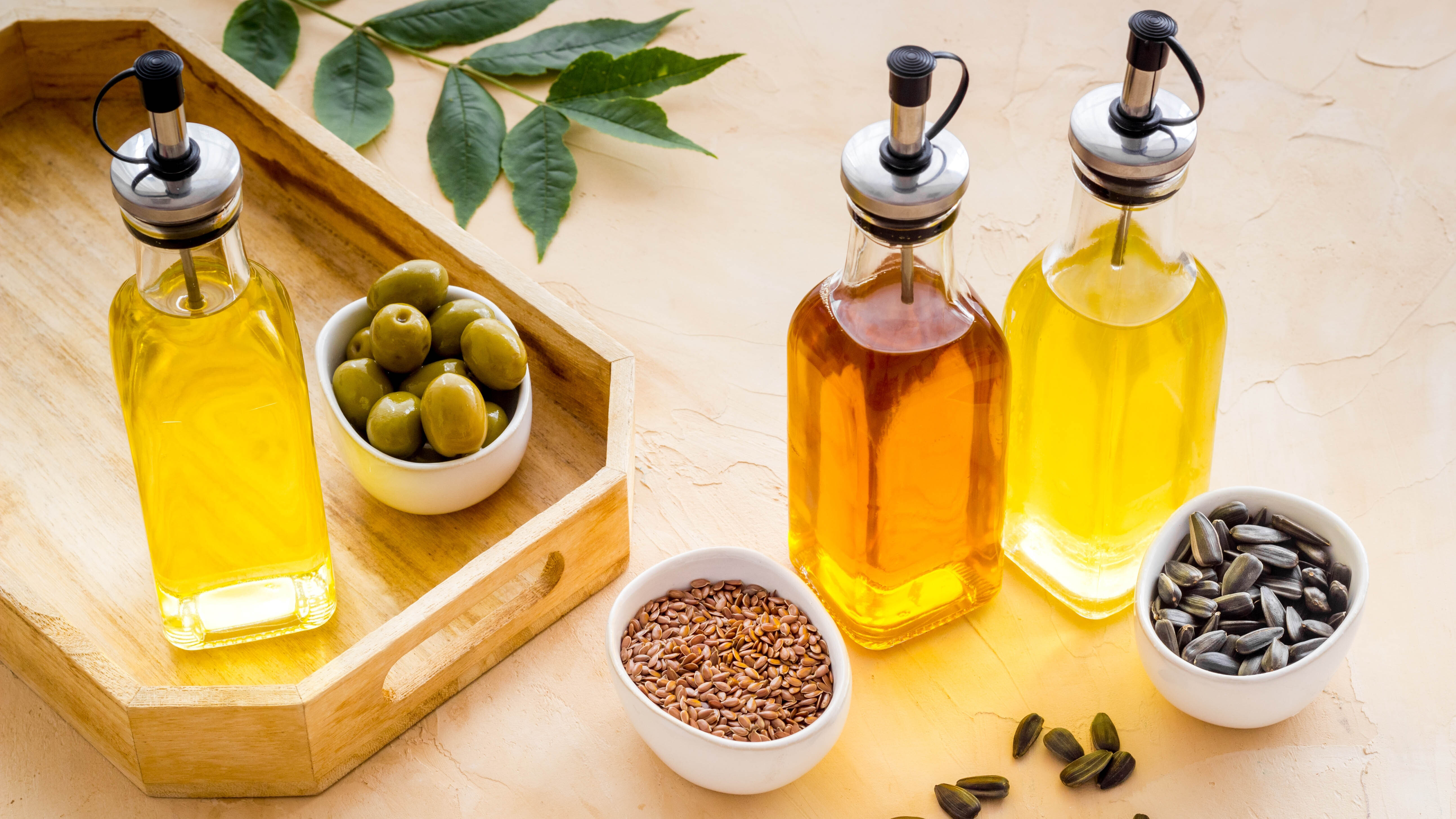
Stepping away from the drinks, your French press can also help you make infused oils for use across a variety of dishes. Depending on what flavor you’re after, add the spices, herbs, garlic, chili, or whatever you wish into the bottom of your French press. Then, add the oil and press down the plunger at intervals during the steeping process to make sure the oil is soaking in the most flavor.
When you want to decant the mixture into a different container, push down the plunger fully to leave the clear oil remaining and pour the oil into your desired container. Note, your French press will need a good clean before using it again.
6. Juice fruit
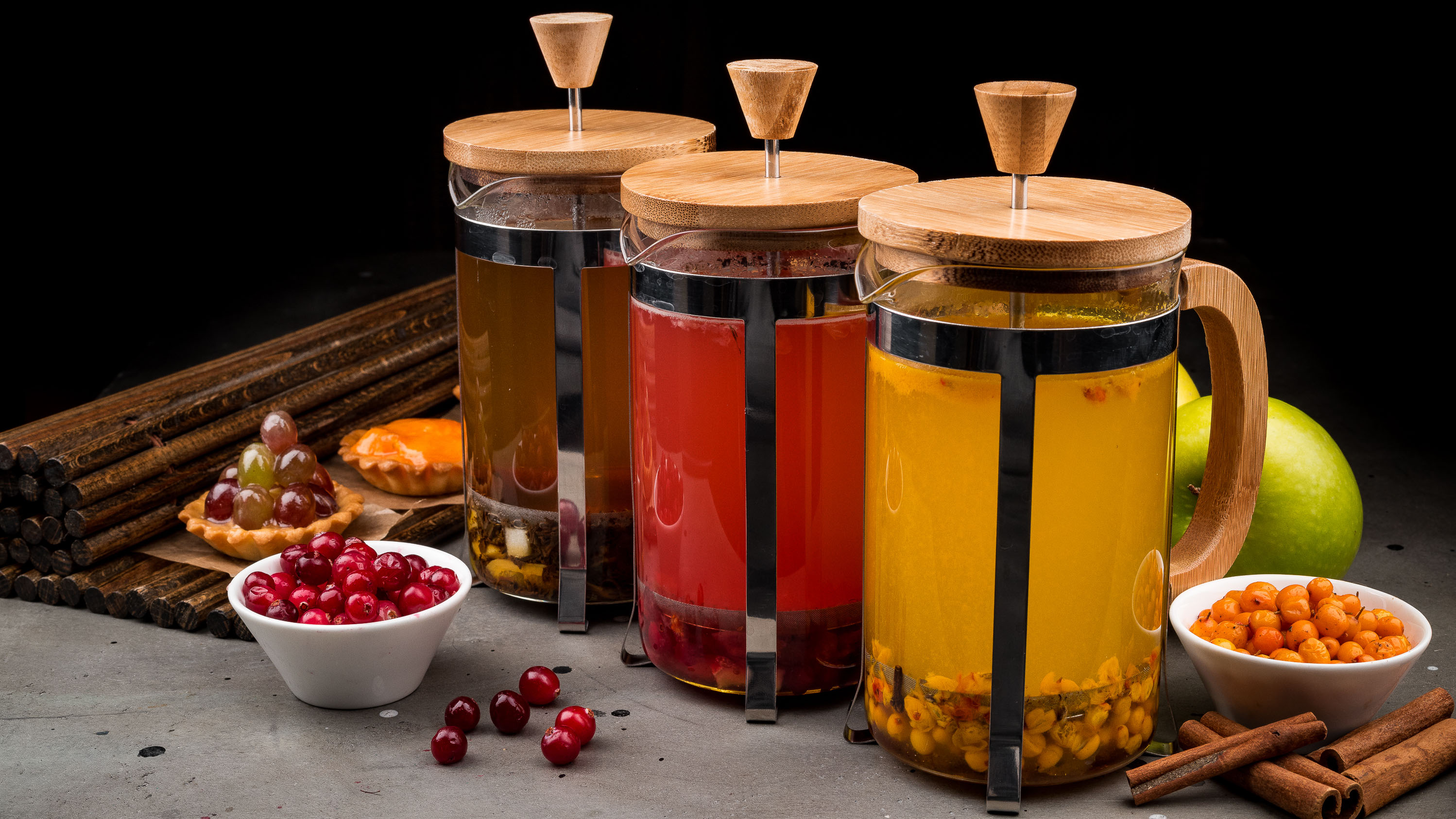
If you haven’t got your hands on one of the best juicers, the French press is a suitable alternative to juicing soft berries for fresh juice. You’ll want to pick small, soft options like berries, oranges, or watermelon and make sure not to overload your French press so you can still push the plunger down.
Then, simply press the plunger down slowly to extract all the juice from the berries and pour the remaining liquid into a glass. If you want any of the pulp, you can scoop it from under the plunger to add texture to your drinks or use in smoothies or flavored ice cubes.
7. Make broth
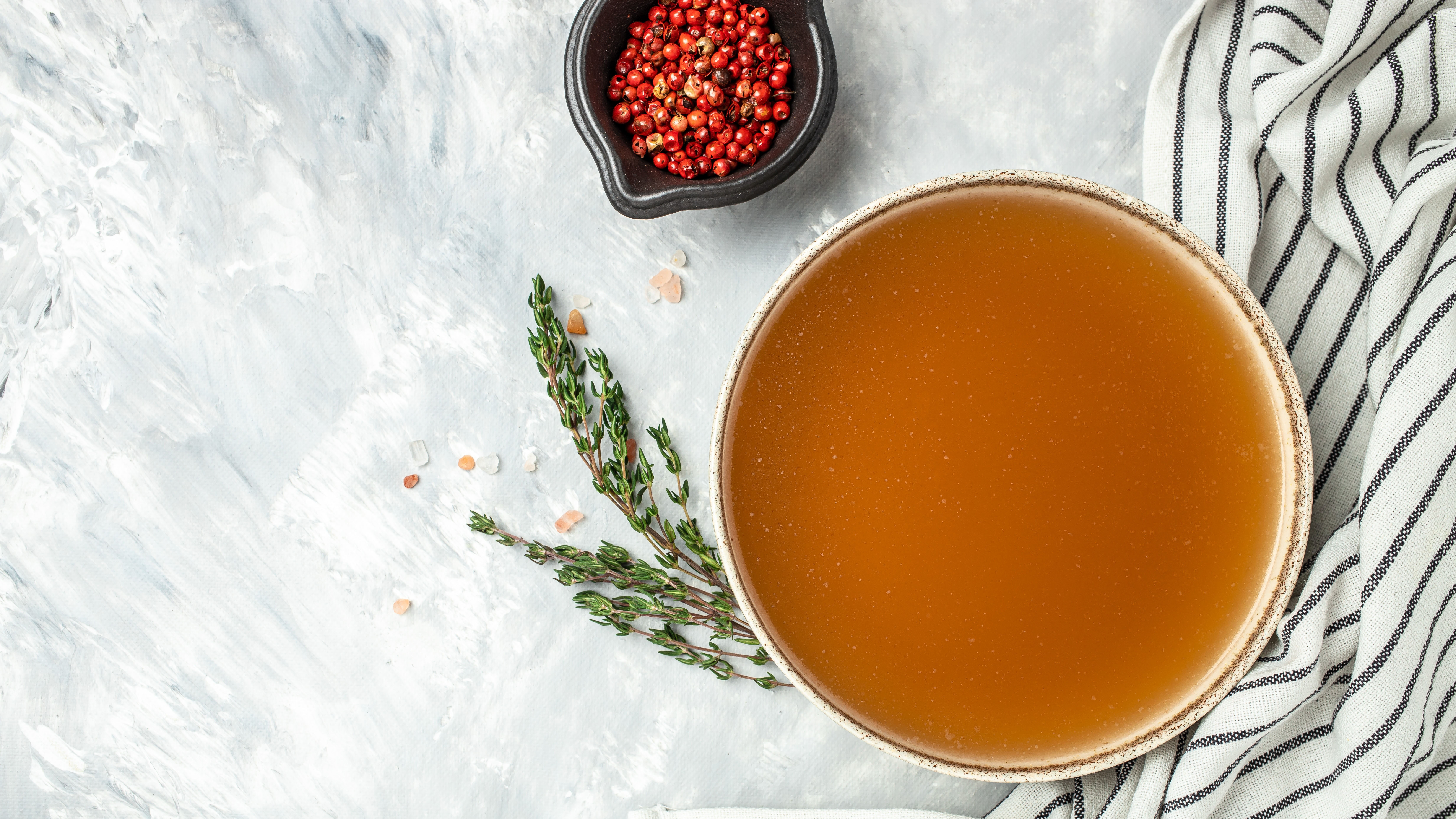
Broths are a very versatile cooking ingredient for soups, risottos, stews, and ramen to name but a few. The French press is versatile too and can become home to your broth-making, if used correctly. Add the aromatics you need for your broth, anything your heart desires, like herbs or garlic or sliced ginger, and then pour hot water on top. Give it a good stir and leave the top on, but the plunger up.
Depending on how strong a broth you’re after, leave it for around five to seven minutes, or a little longer to steep. Once you’re happy, give it one more stir before pushing down the plunger to strain everything one last time. Season it with salt and decant it into your dish or container.
8. Rinse grains
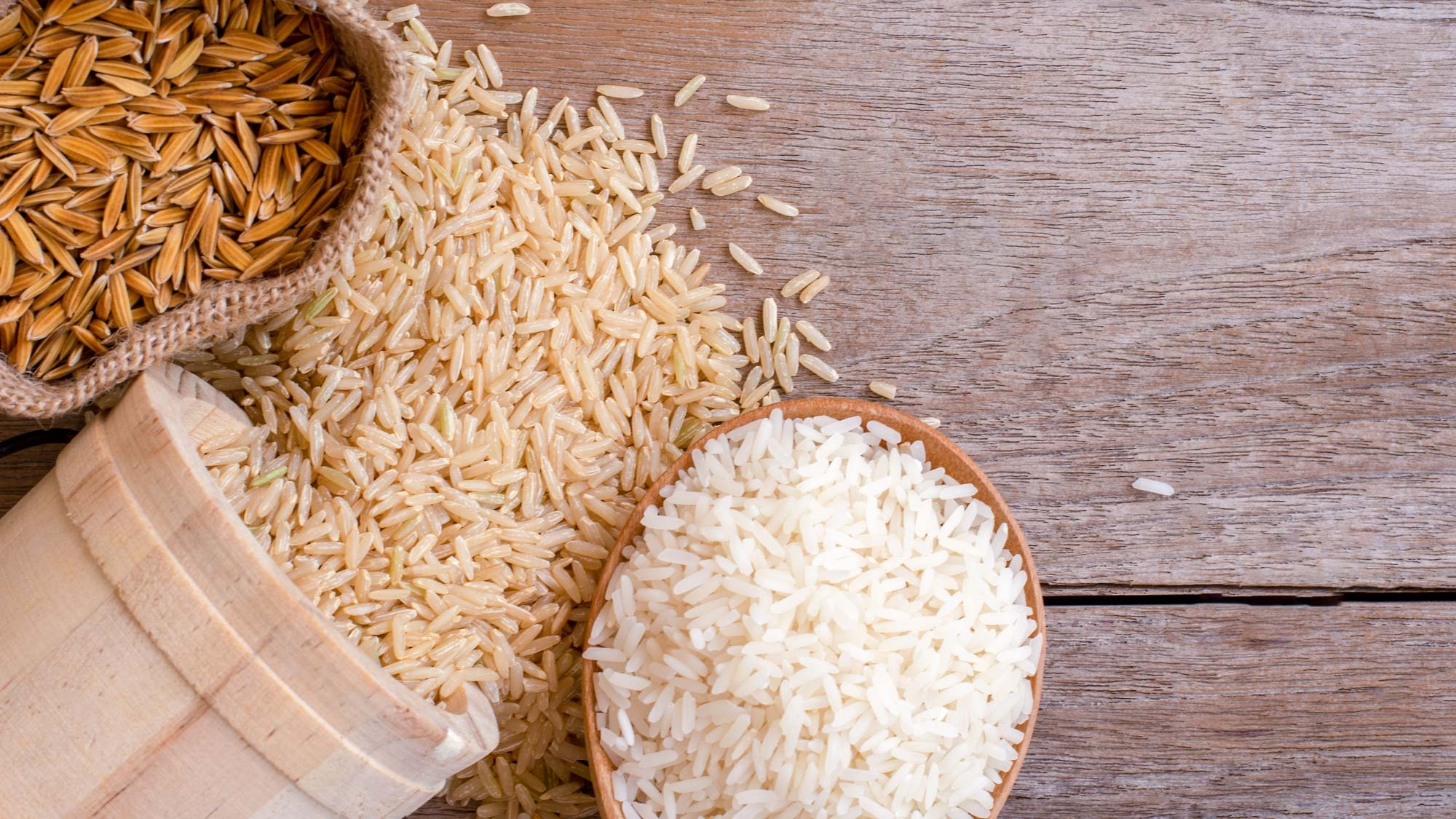
If you find rinsing grains like rice or quinoa in a sieve over your sink a little messy, then the French press is basically a miniature contained sieve. That means you can place small amounts of grains into it, add cold water, plunge it up and down, shaking and swirling the grains inside and straining the water away.
Repeat the process two to three times until the water that comes out of the French press is clear, meaning you’ve removed any impurities from debris to dust to anything harmful that might have stayed in your grains.
9. Squeeze excess water from vegetables

Have you ever tried squeezing the excess water from vegetables such as grated zucchini squash with a dish towel or cheesecloth? It’s not the prettiest of sights or easiest things to do, plus you leave your towel/cloth stained and in need of a good wash.
Fortunately, you can place your vegetables into the bottom of the French press and use the force of the plunger to squeeze the excess water out and drain it away. It’s a much quicker process and is surprisingly effective.







